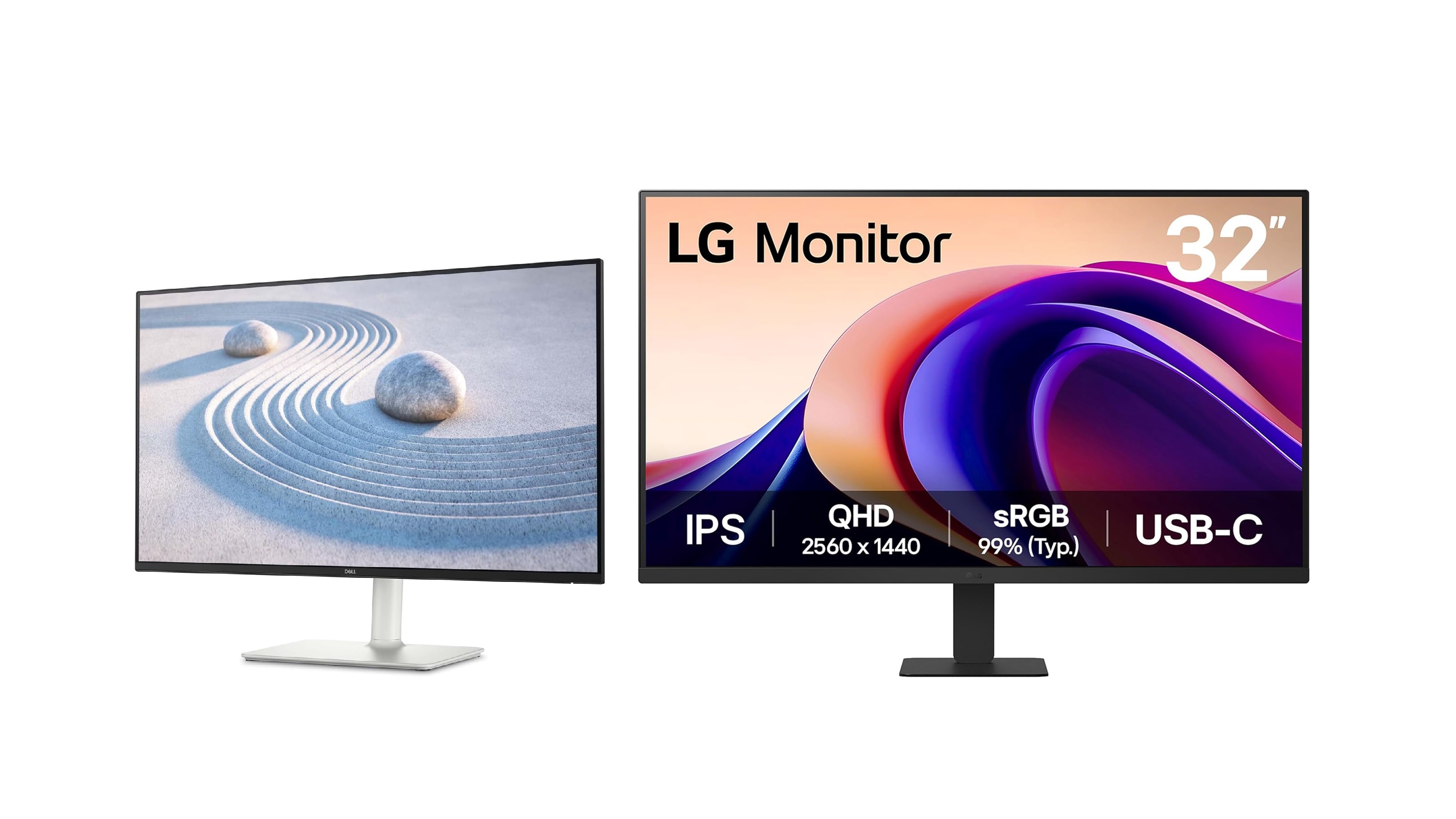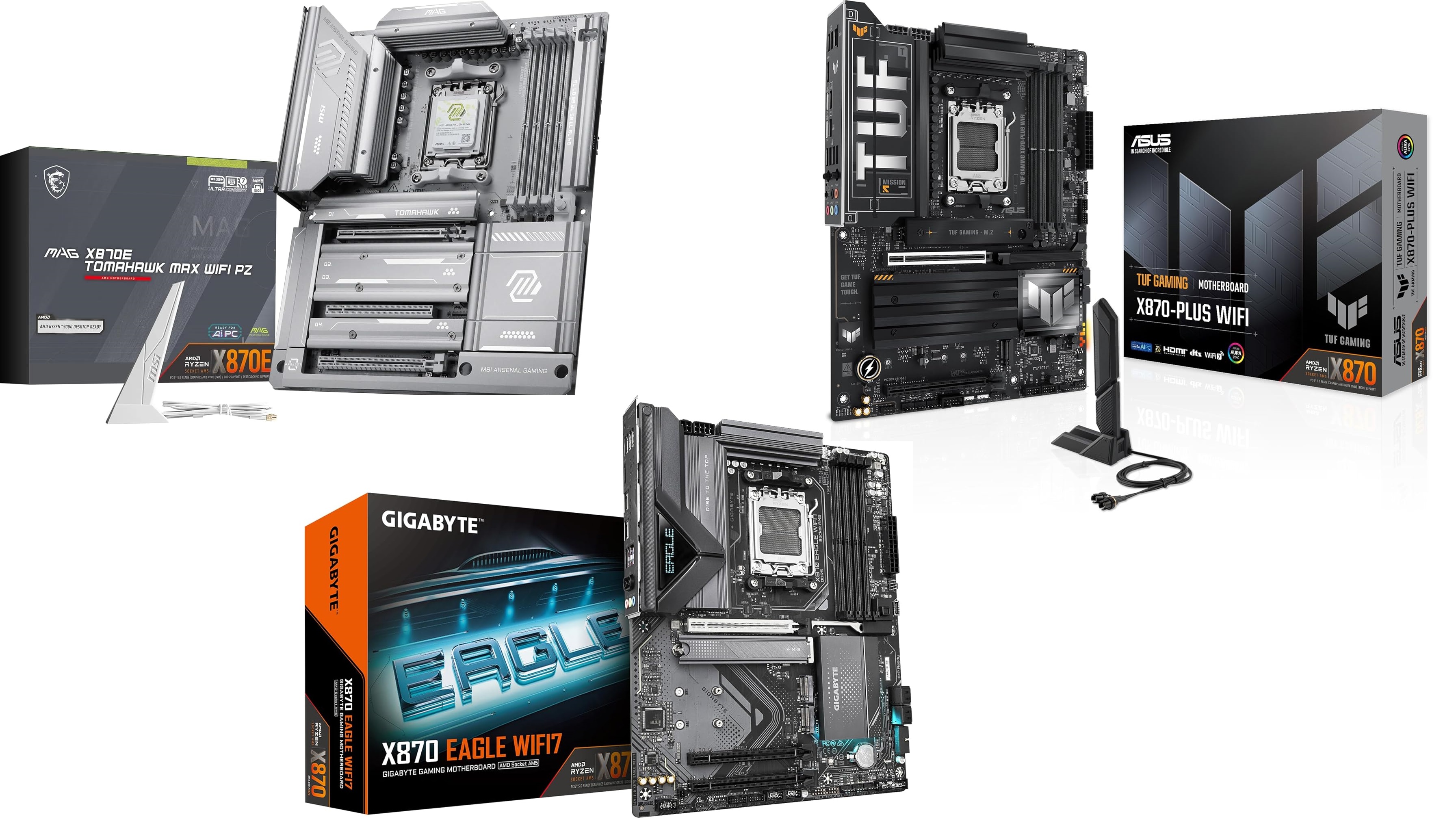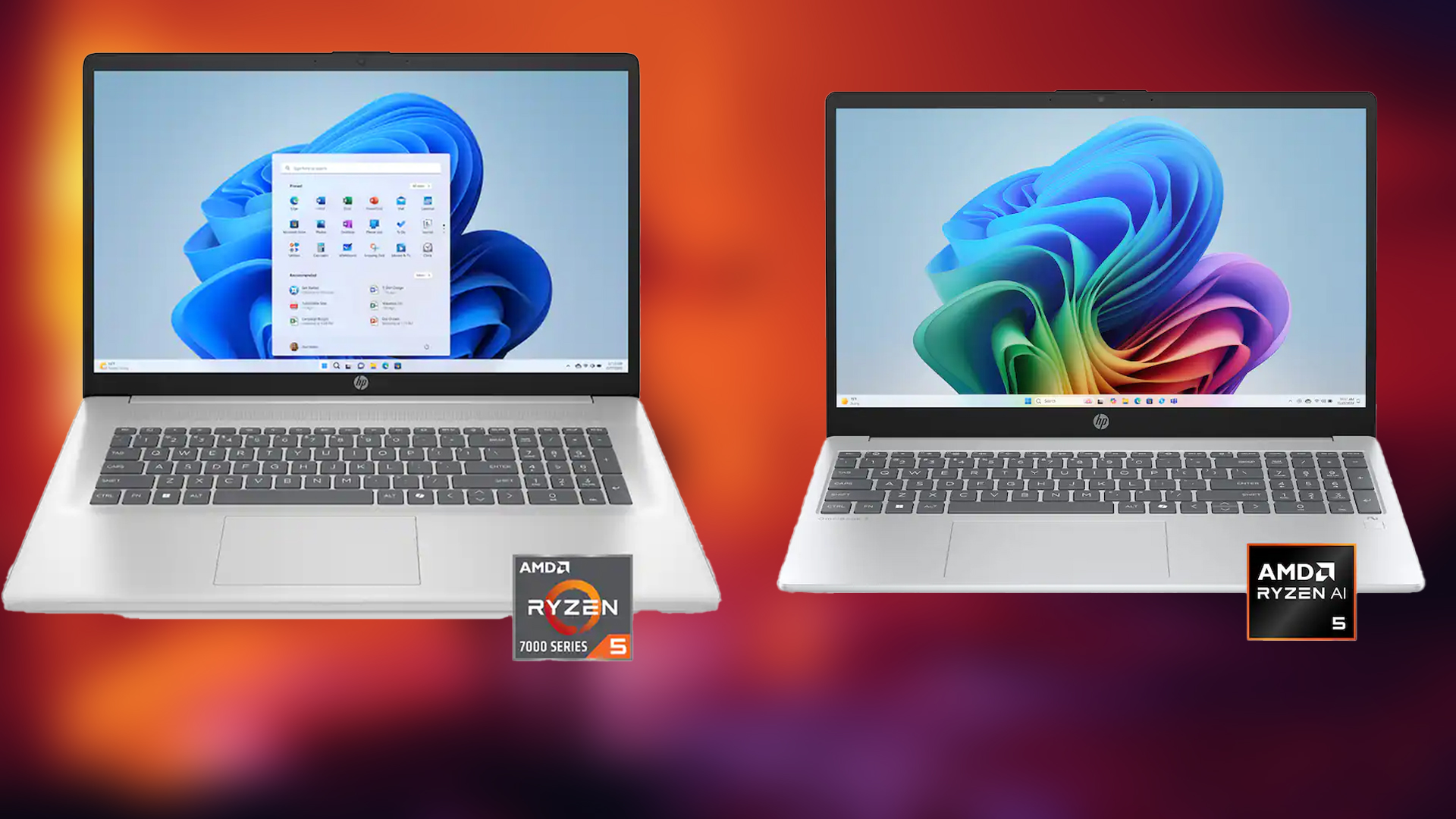AMD has announced an advanced version of FSR 4, codenamed Redstone, which seeks to bring a monumental improvement in ray tracing.
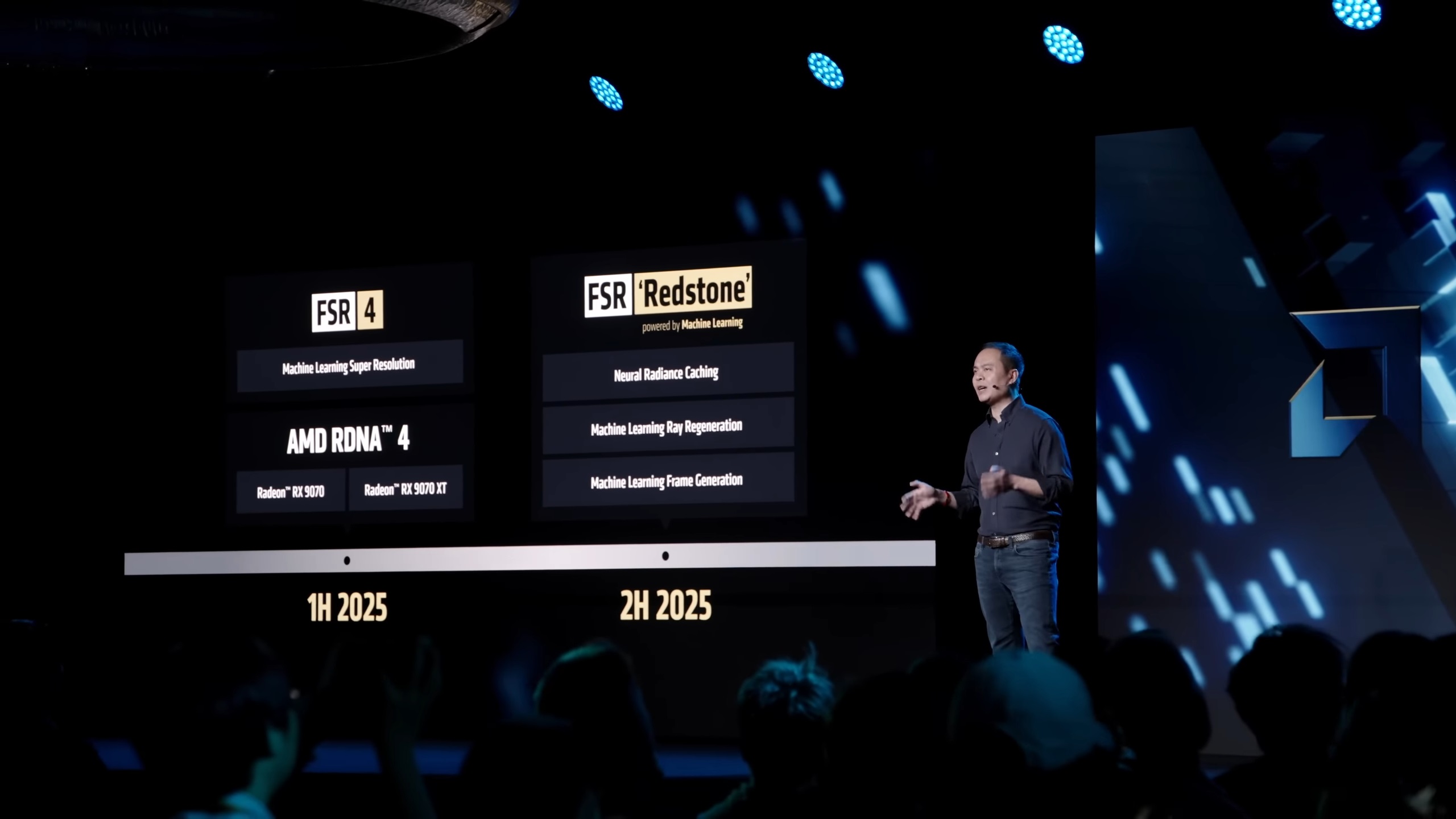
It’s no secret that AMD is lagging behind in competition compared to Nvidia, which seems to be at the forefront of graphics technologies. Nvidia was the first to introduce ray tracing, super-resolution, better ray denoiser, frame generation, and more. This prompted AMD to follow up on these technologies and release its own versions to offer customers feature parity. While AMD did bring ray tracing, super-resolution, frame generation, and a few other things, they were still trailing Nvidia.
However, that will now change as AMD has announced a bunch of new technologies coming to the FSR 4 team, including Neural Radiance Cache, Ray Regeneration, and more. These technologies will not only help AMD GPUs offer better ray tracing quality but will also improve performance. In this article, we will analyze these FSR 4 technologies and explain everything you need to know.
AMD Introduced FSR Redstone: Everything You Need To Know
AMD announced the new FSR technologies under the codename “Redstone,” which is basically an advanced version of FSR 4 that has the potential to change how ray tracing looks and performs on AMD GPUs, especially their Radeon RX 9000 series cards. Here are some of the new technologies coming in the FSR Redstone version:
Neural Radiance Cache
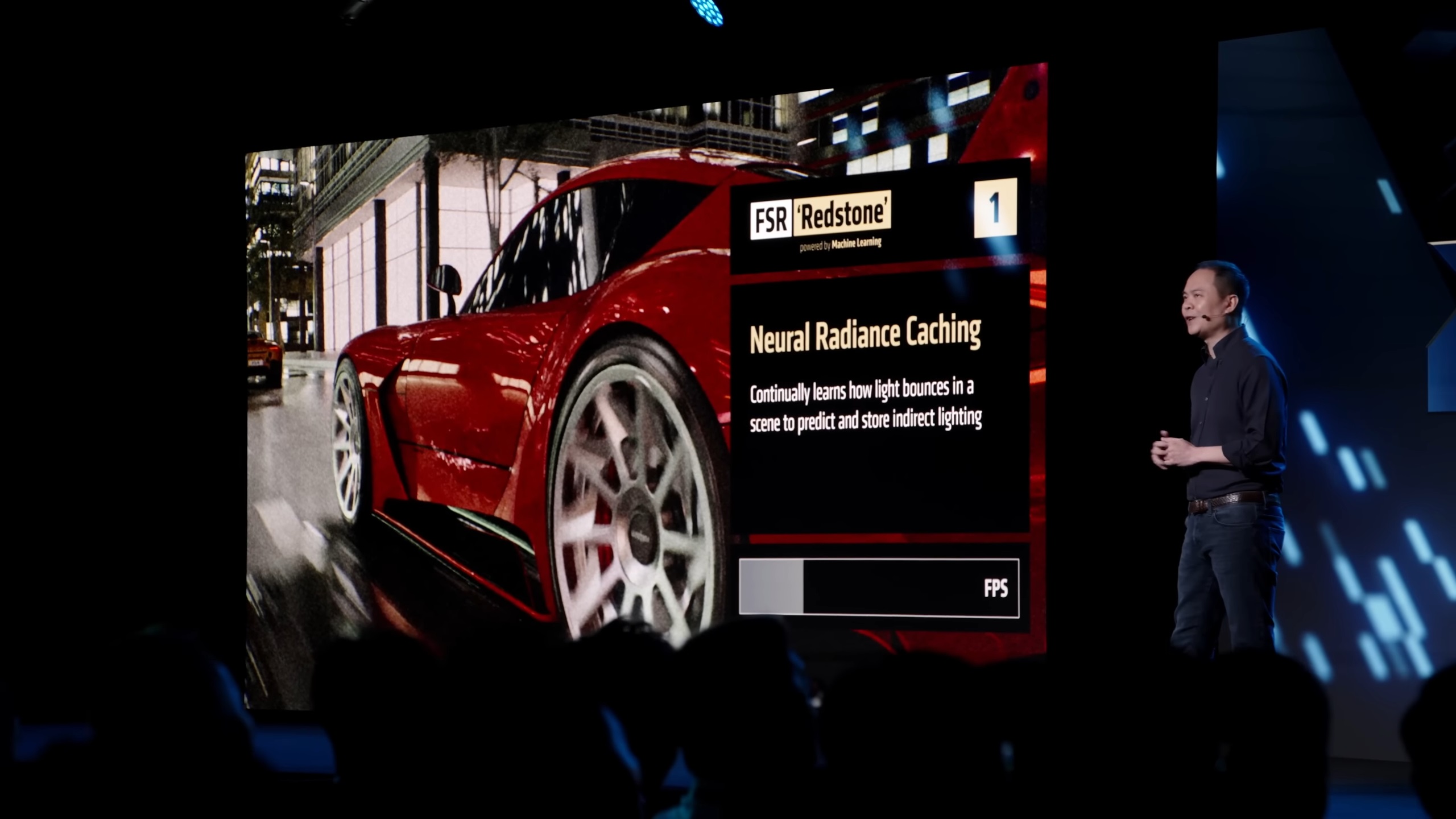
Ray tracing allows for the most accurate form of light rendering technology and can surpass even the most advanced baked lighting system in rasterization. On top of that, it is quite easy to implement and helps devs save hours and hours of time that are usually spent on the light baking process. Therefore, ray tracing is definitely the future of game rendering technology.
However, it is quite costly in terms of GPU performance and often impacts the performance of even the most powerful graphics cards in the world. The most accurate form of ray tracing is path tracing, which is even more demanding and can cripple the performance of most GPUs. That’s why many game developers tend to implement ray tracing without path tracing. However, that can soon change with technologies like Neural Radiance Cache, which was first introduced by Nvidia.
This technology will deliver path-tracing-like visual quality at ray-tracing-like performance, which is a win-win situation for both game developers and players. It uses advanced machine learning algorithms to accurately predict how light will bounce on a particular scene using data from a few ray traces. It essentially produced a complete path tracing simulation, which allows developers to provide better lighting in games. It’s similar to how path tracing works but it doesn’t come with a significant performance cost.
Ray Regeneration
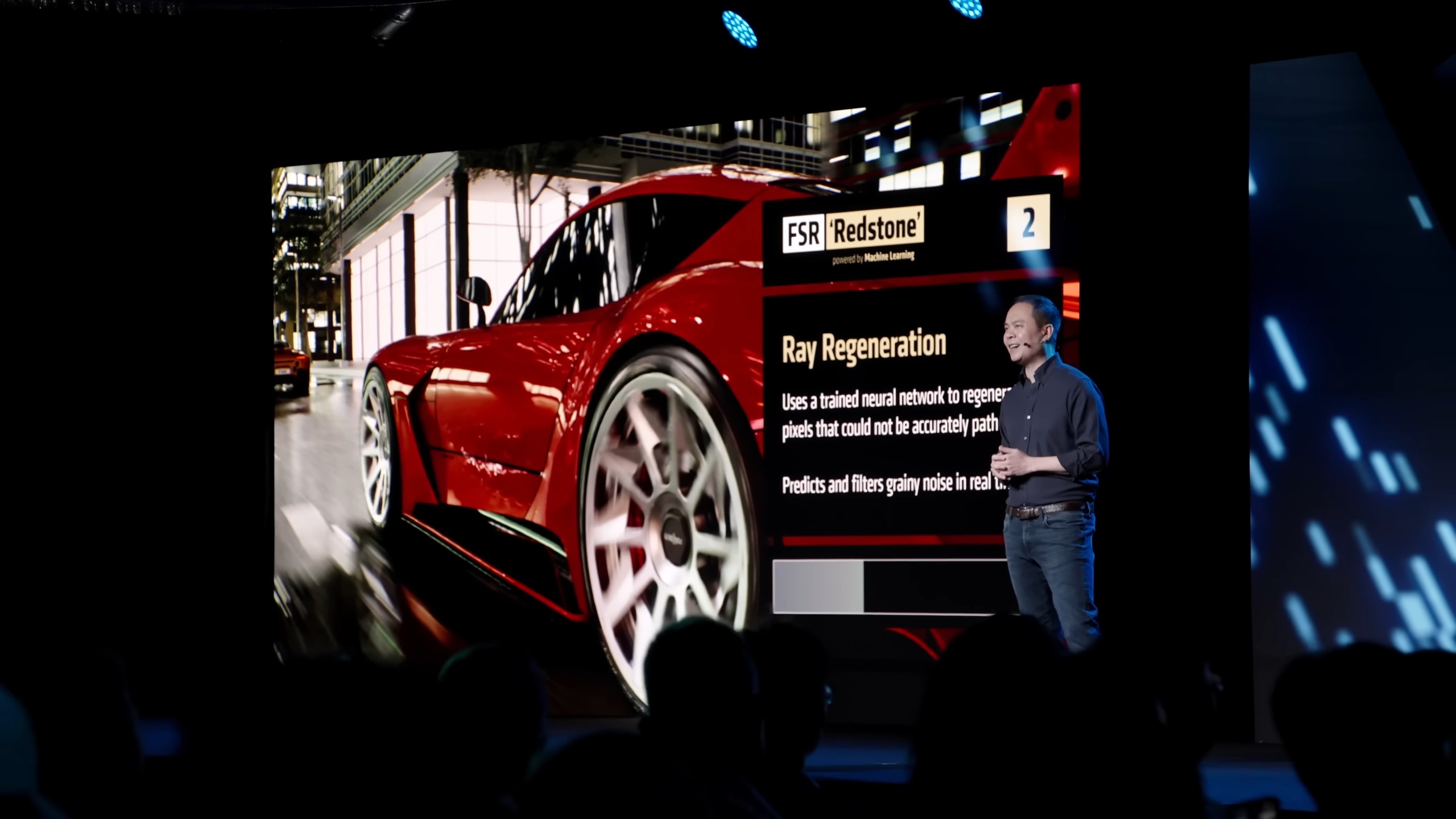
When game developers use rays to trace light bounces on a scene, it inevitably leaves some tiny but bright spots that look like noise when the render is complete. Devs are forced to use a denoiser algorithm to remove those noises, which can once again increase frame time and lower FPS.
An AI-based algorithm can do a far better job eliminating those noises without inhibiting the performance too much, which is exactly what AMD’s FSR Ray Regeneration is. It will replace the traditional denoiser, which will help increase performance.
Machine Learning Frame Generation
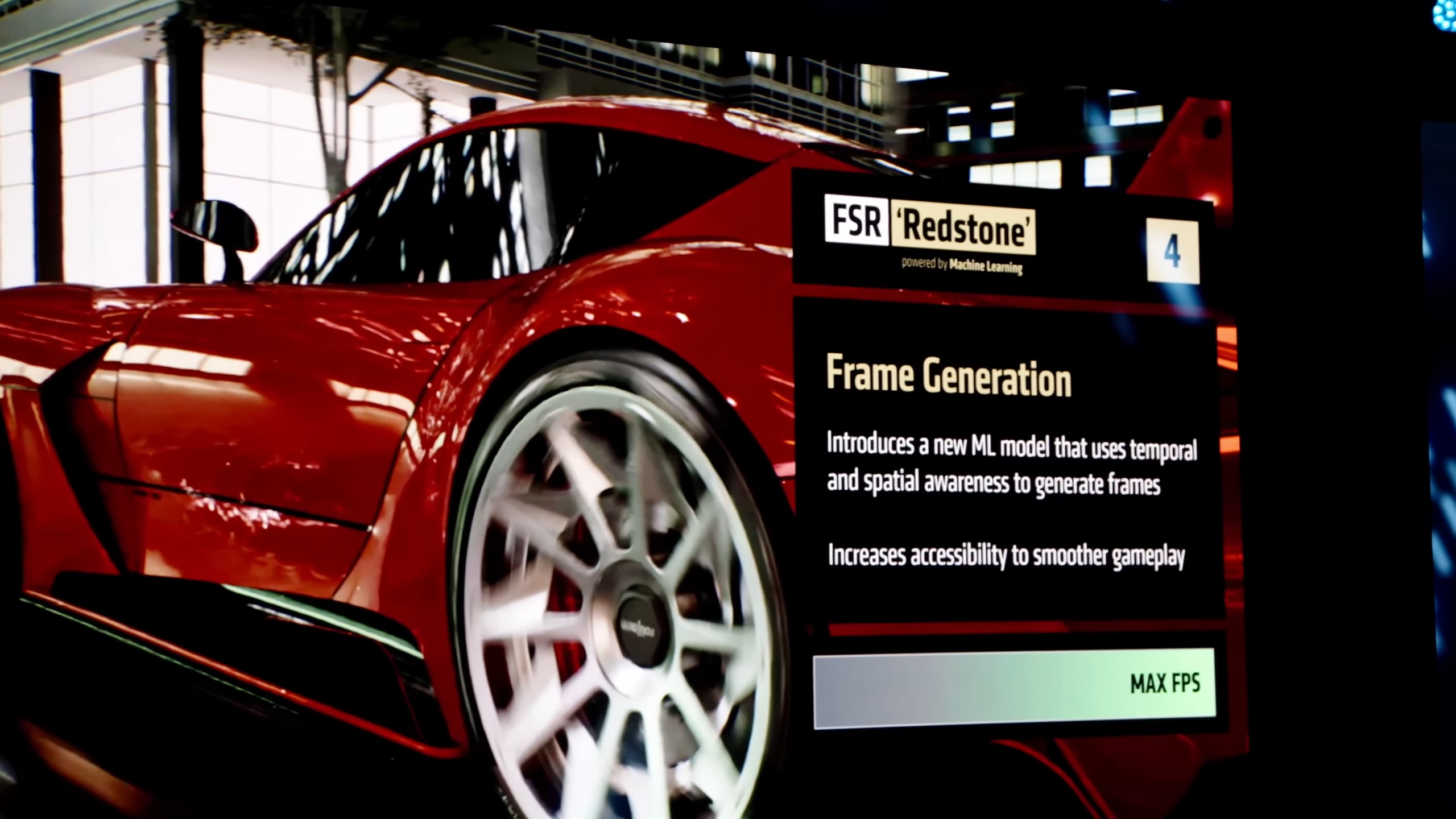
At long last, AMD has another new technology called Machine Learning Frame Generation. While AMD already has frame generation technology, it is not as advanced as Nvidia’s Transformer Frame Gen. The new machine learning-based frame generation will utilize both temporal and spatial reconstruction techniques to generate new frames that not only look better but also lead to higher FPS.
Final Thoughts
The FSR Redstone will bring AMD much closer to Nvidia than ever before. Users will no longer have to choose only an Nvidia graphics card for DLSS or better ray tracing quality and performance. AMD RDNA 4 and newer GPUs will be able to deliver a similar performance. However, AMD didn’t reveal a specific release date, but the company did mention it will be sometime during the second half of 2025.
Looking For More Related to Tech?
We provide the latest news and “How To’s” for Tech content. Meanwhile, you can check out the following articles related to PC GPUs, CPU and GPU comparisons, mobile phones, and more:
- 5 Best Air Coolers for CPUs in 2025
- ASUS TUF Gaming F16 Release Date, Specifications, Price, and More
- iPhone 16e vs iPhone SE (3rd Gen): Which One To Buy in 2025?
- Powerbeats Pro 2 vs AirPods Pro 2: Which One To Get in 2025
- RTX 5070 Ti vs. RTX 4070 Super: Specs, Price and More Compared
- Windows 11: How To Disable Lock Screen Widgets
 Reddit
Reddit
 Email
Email
